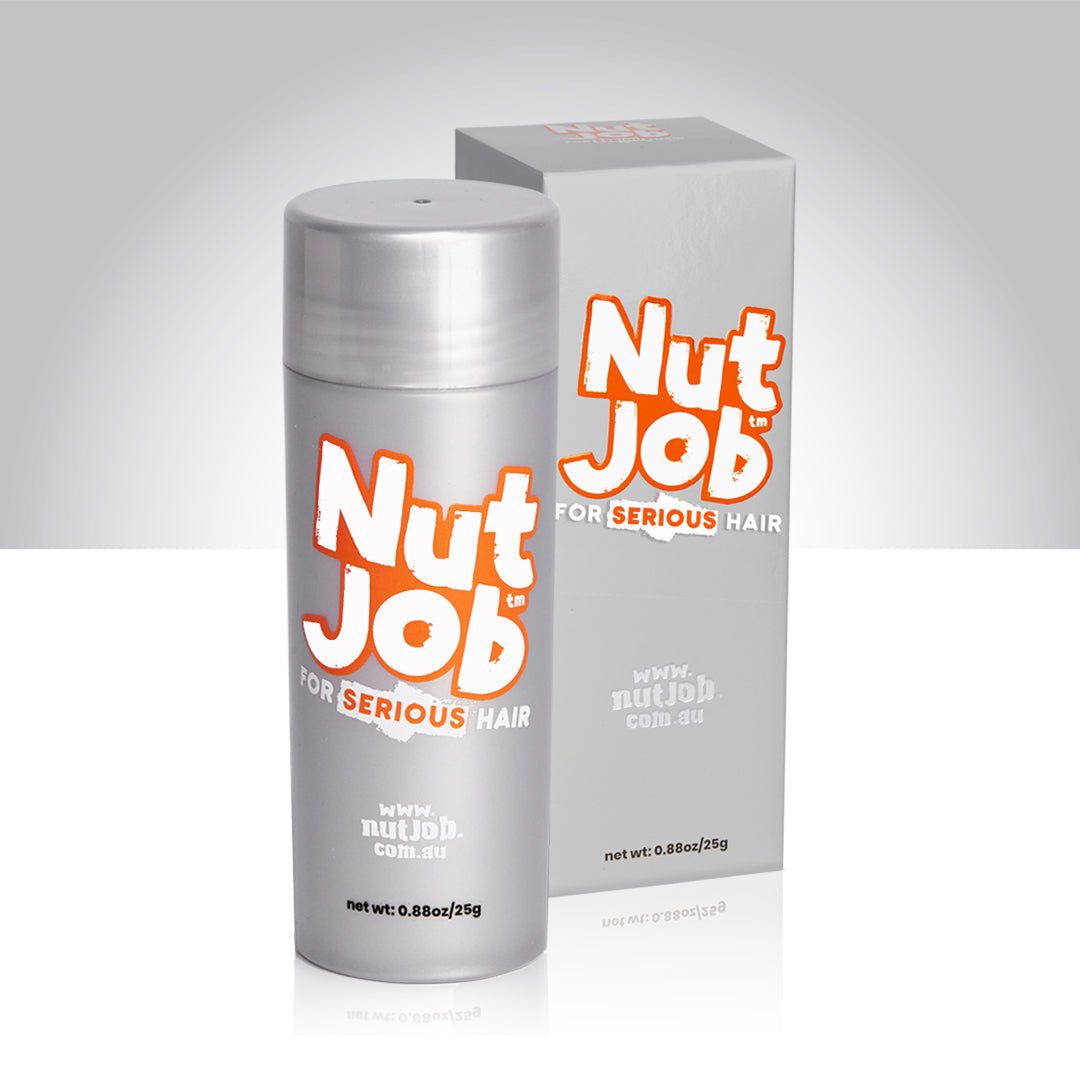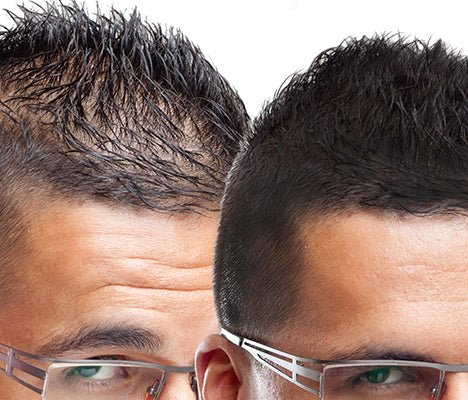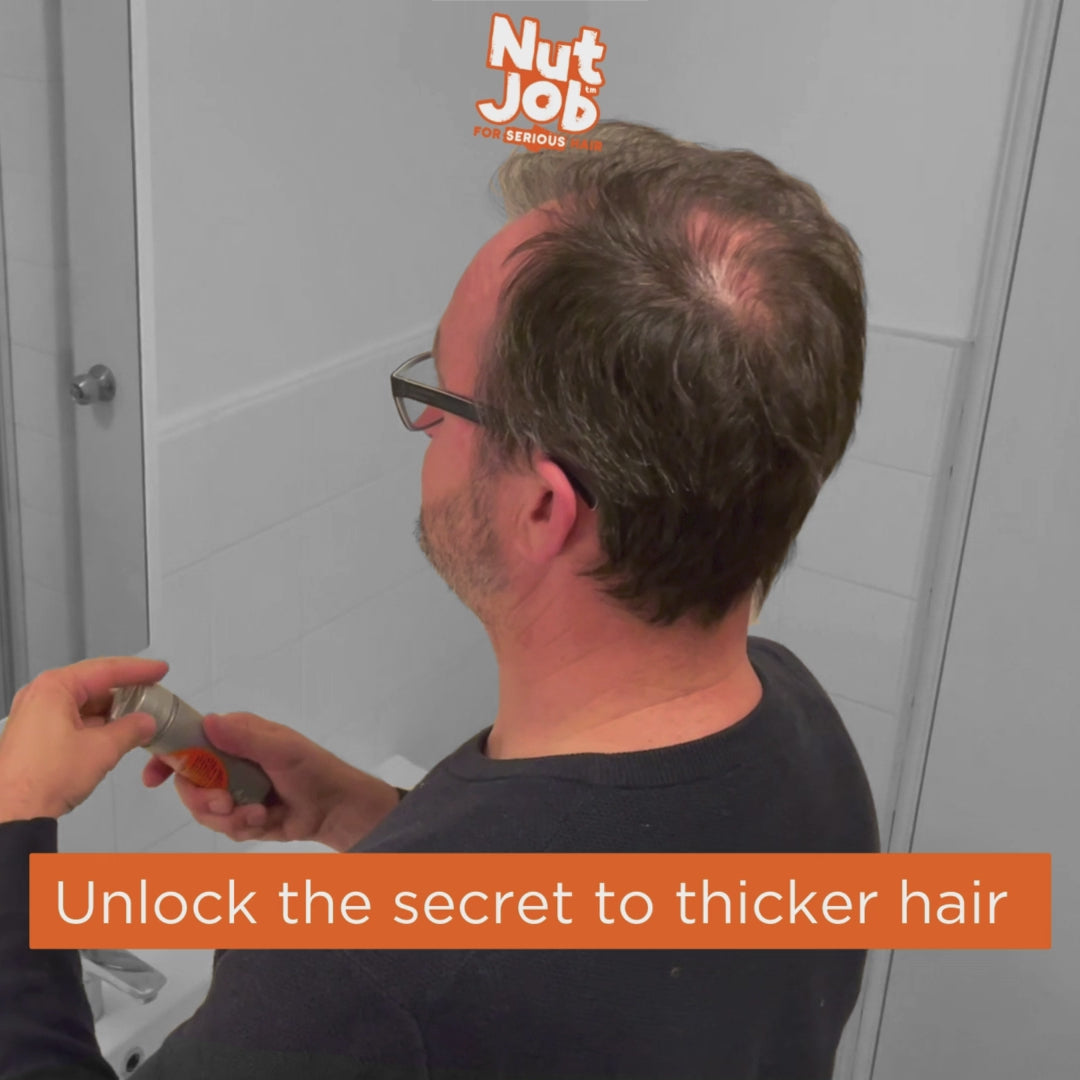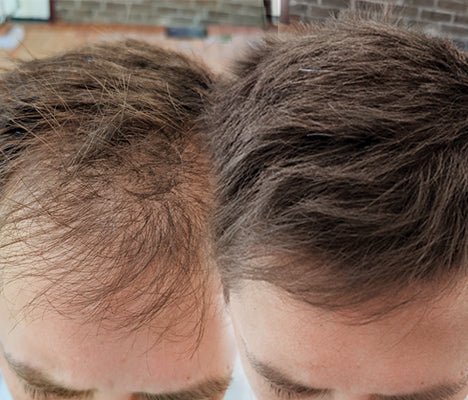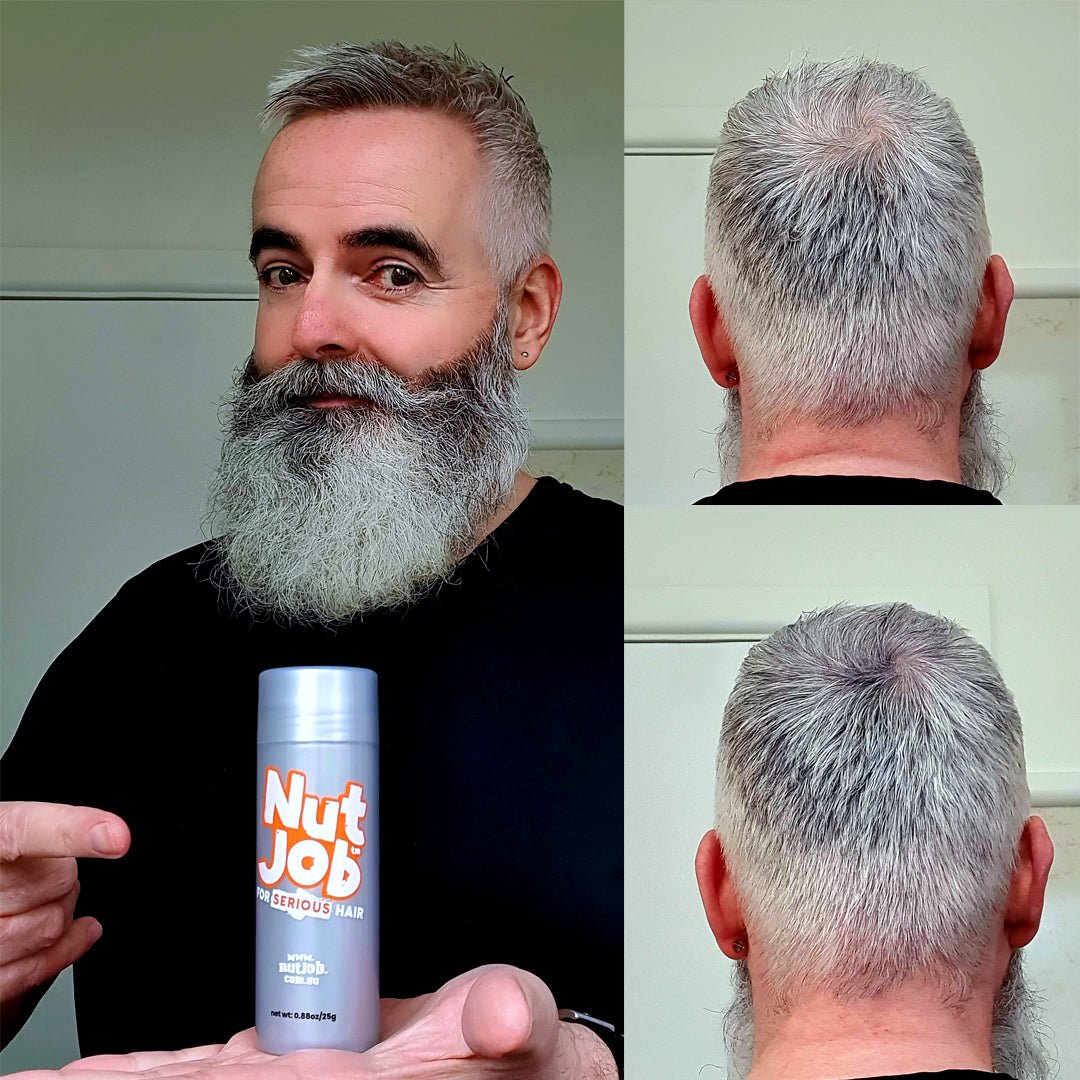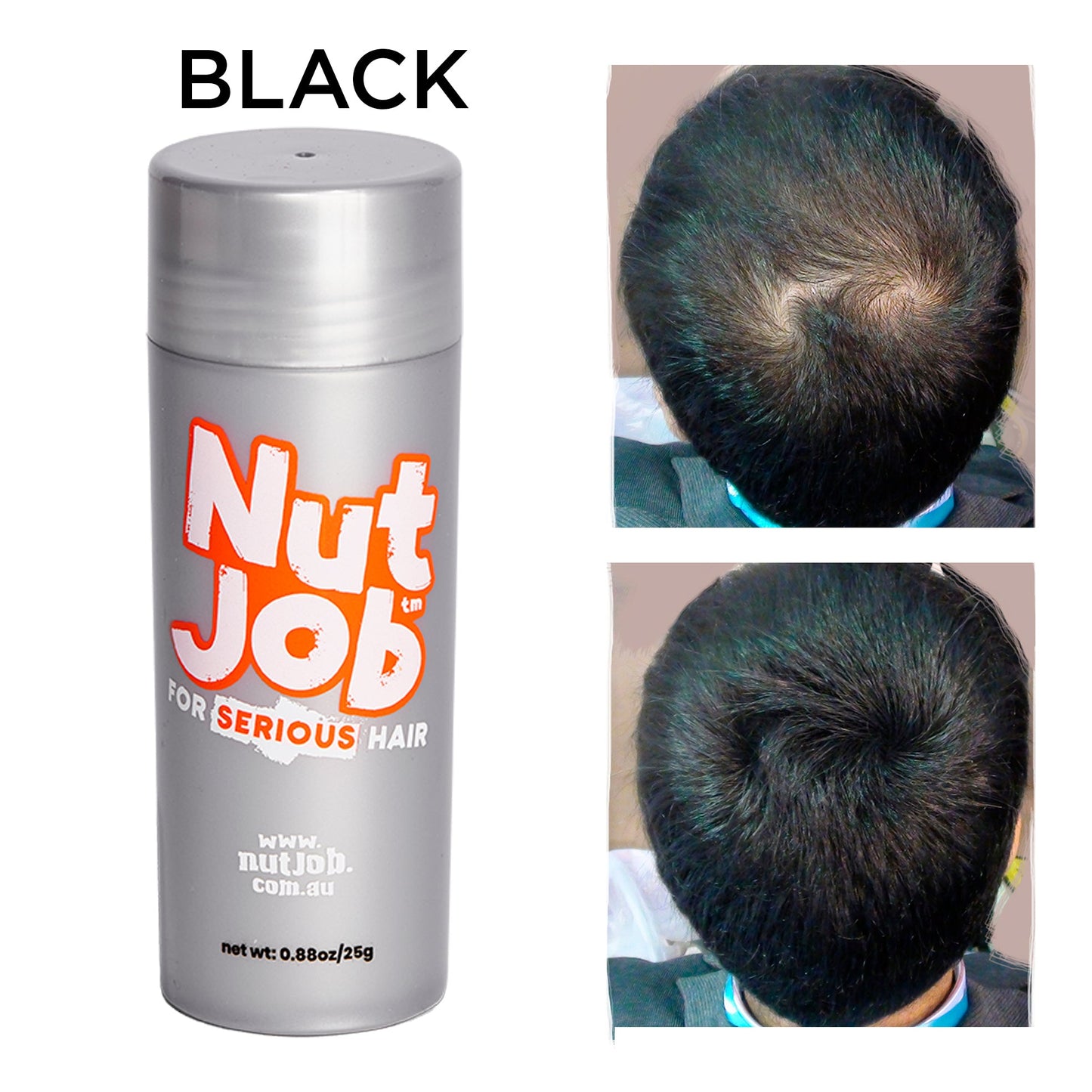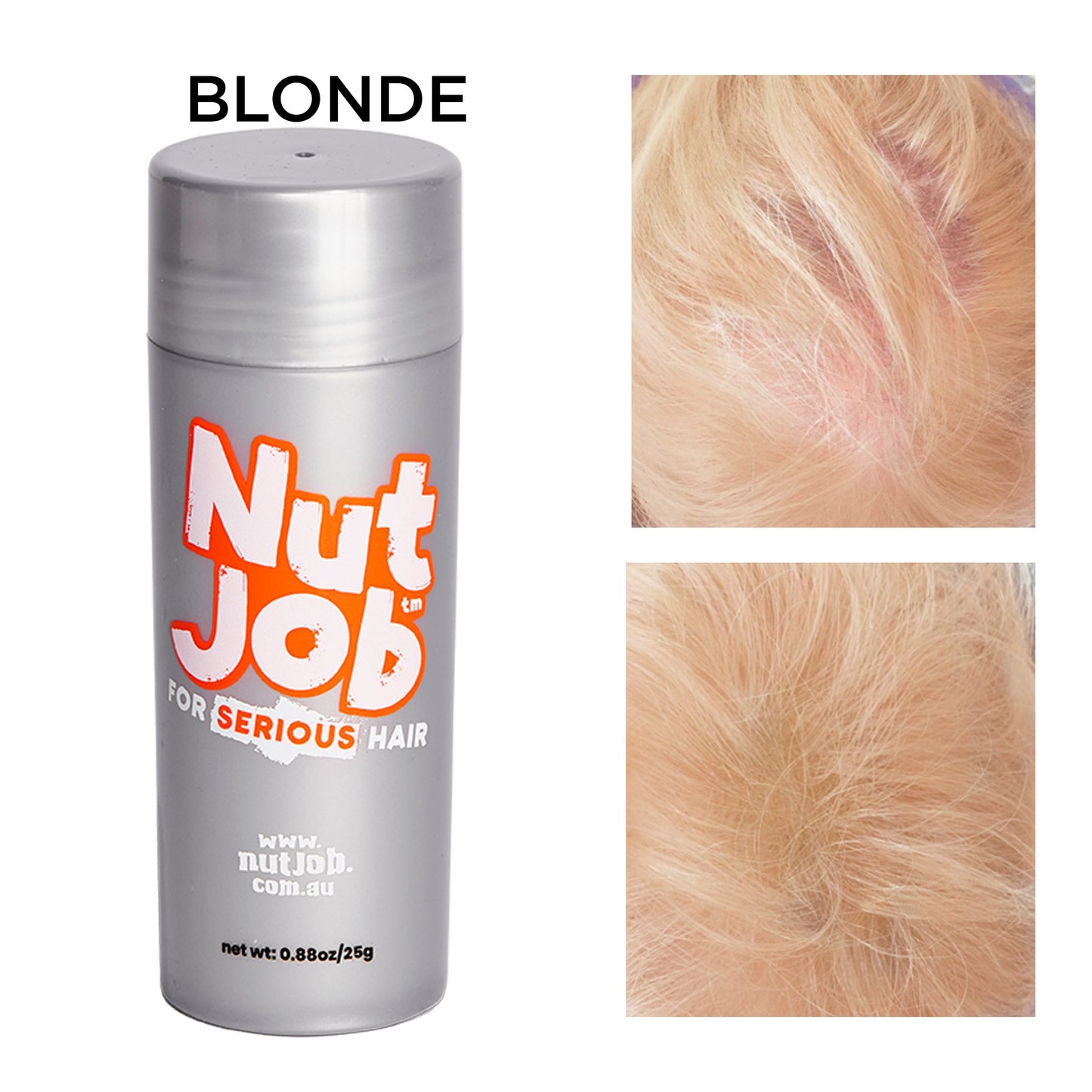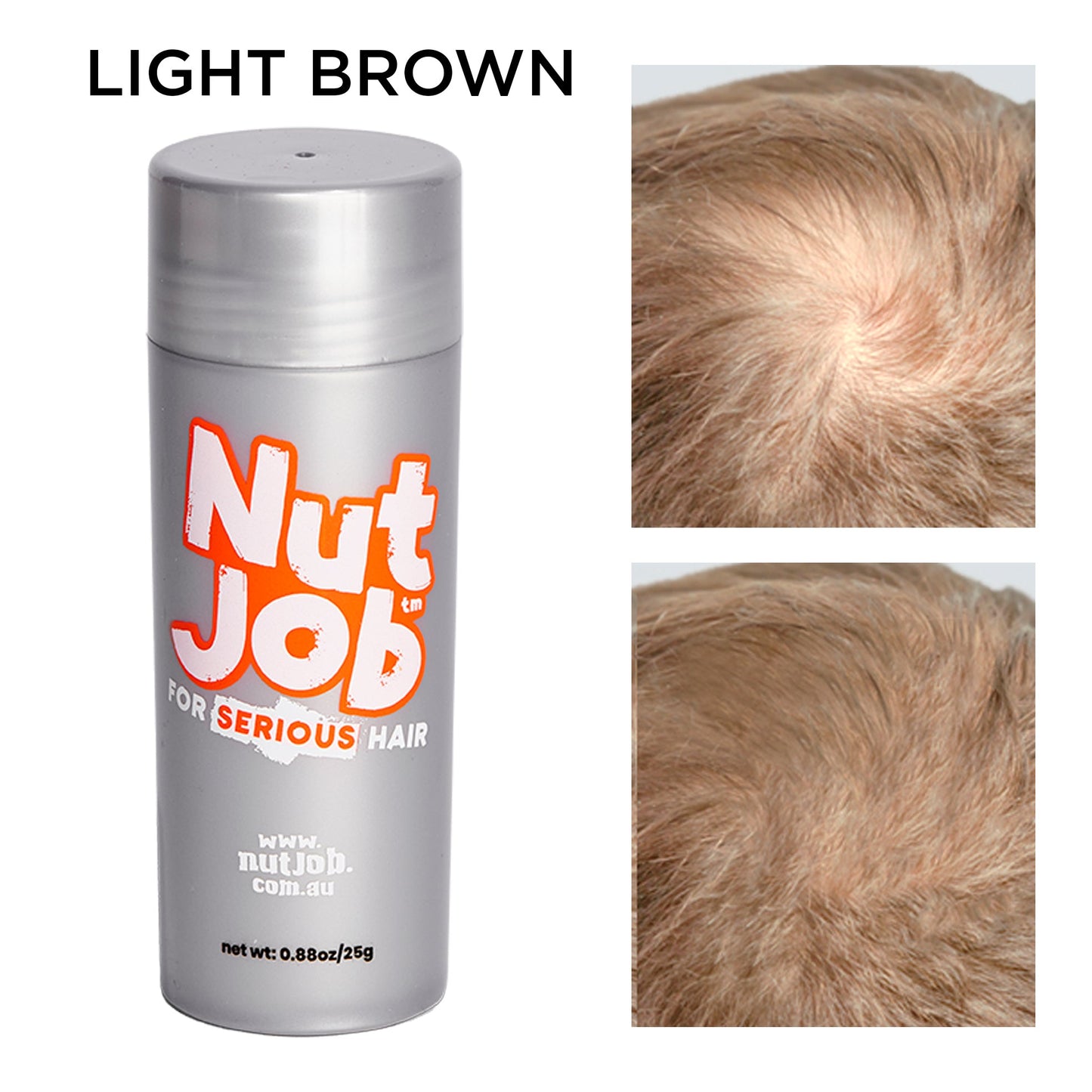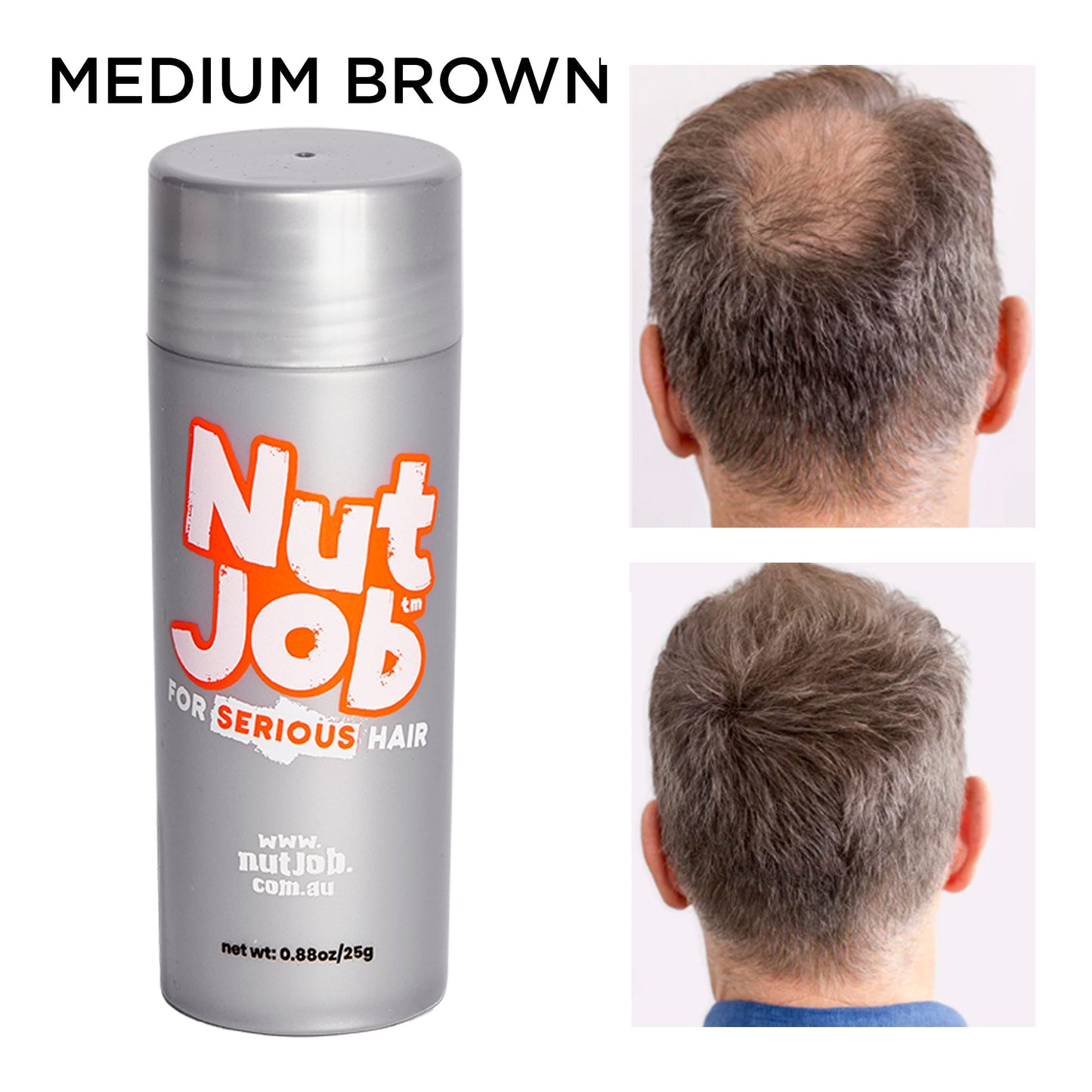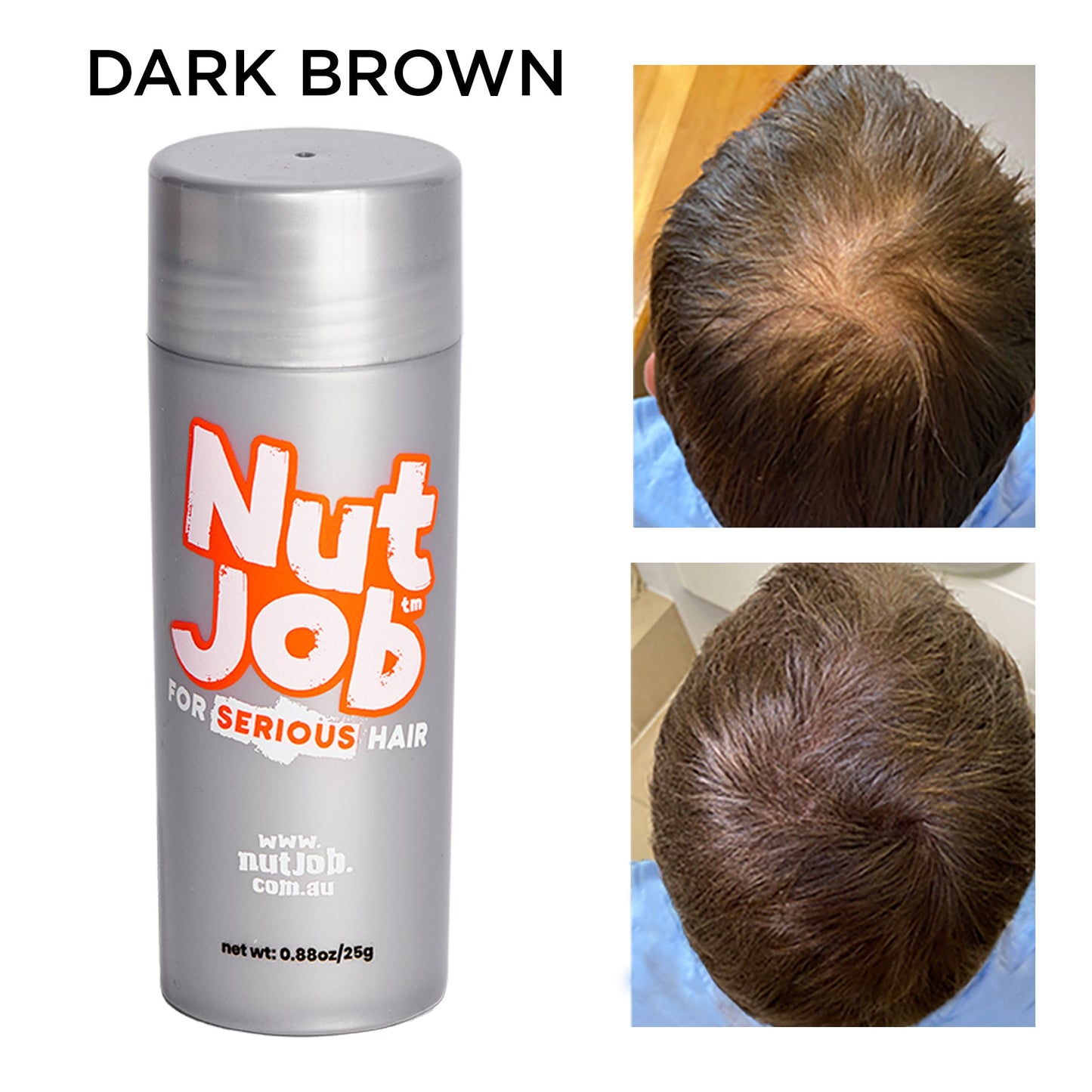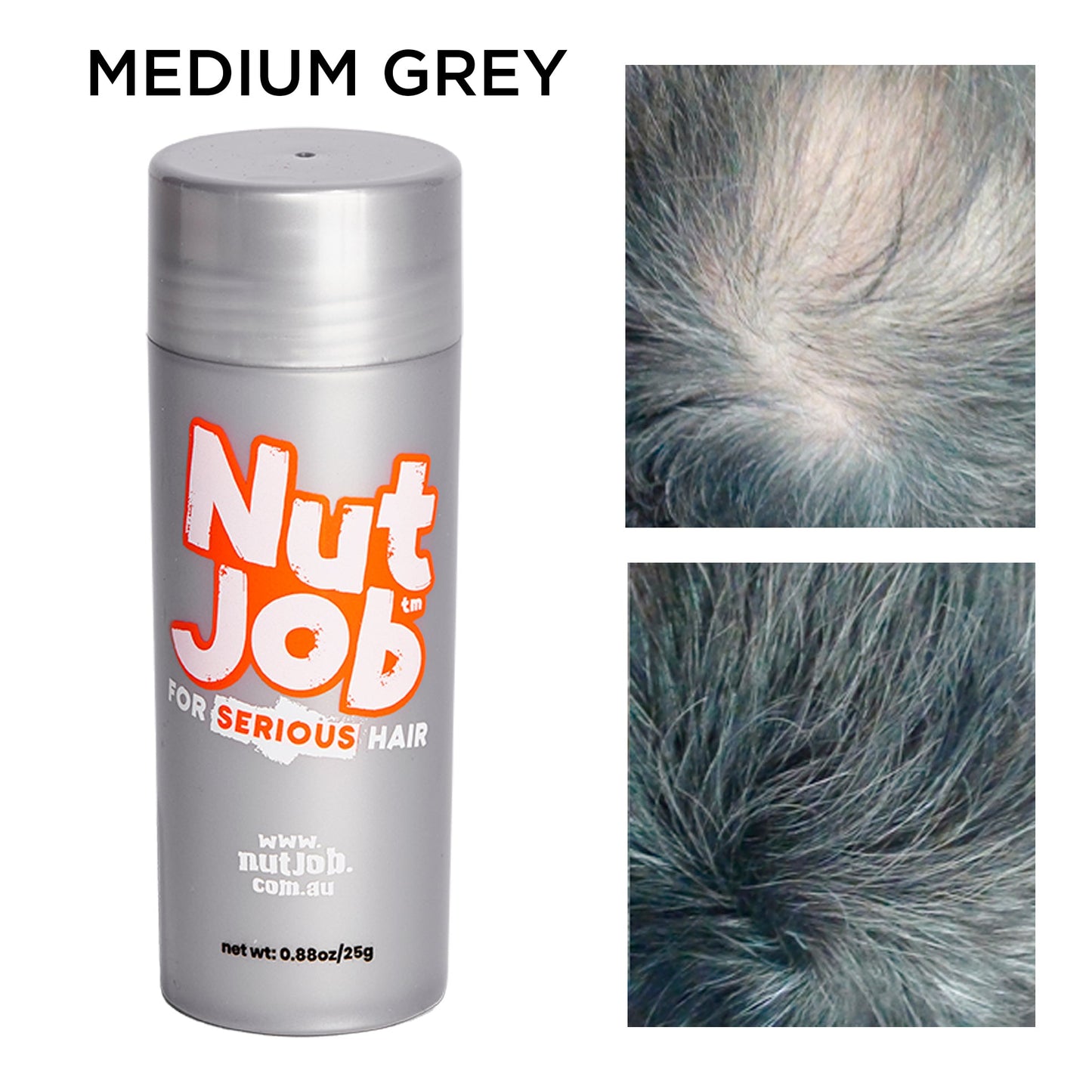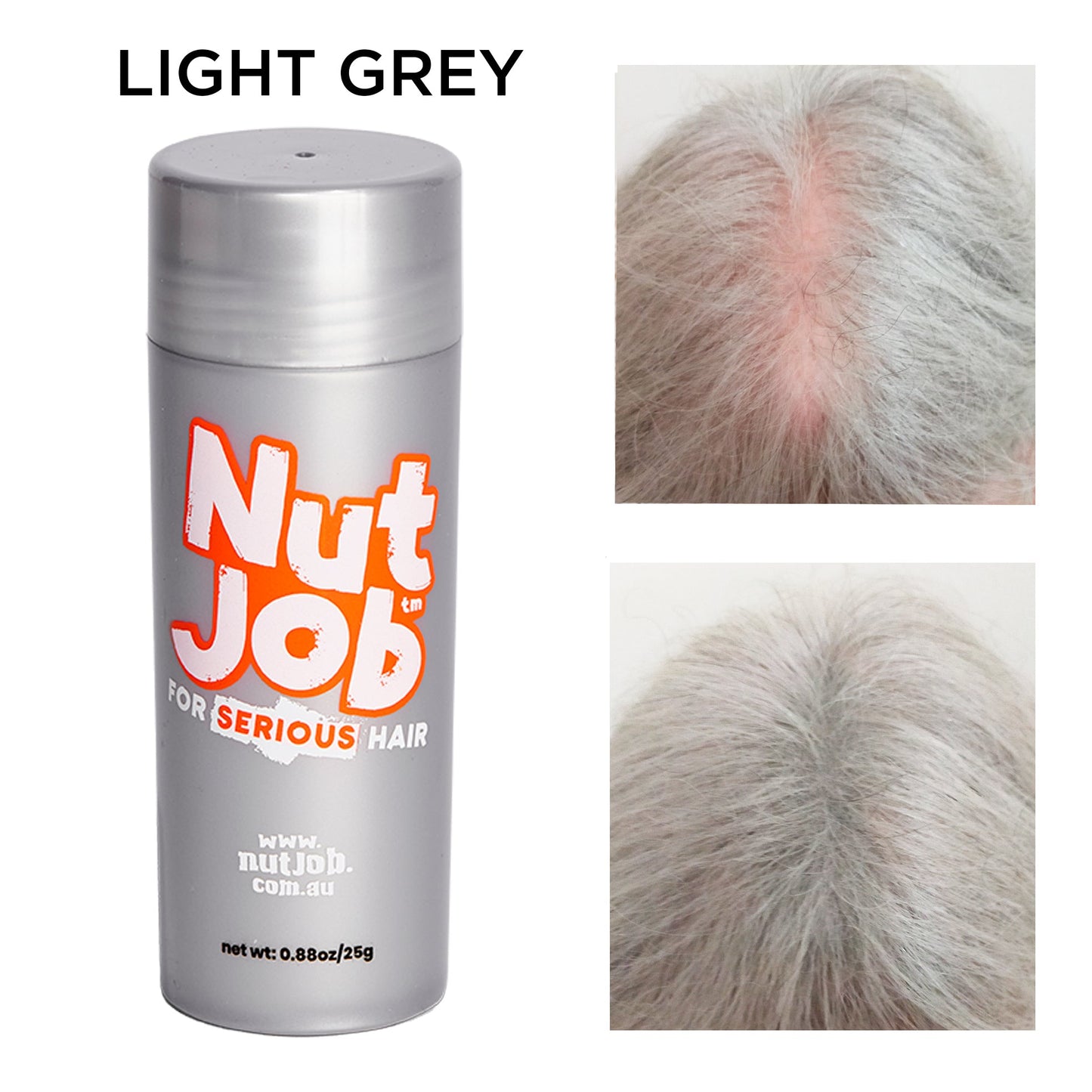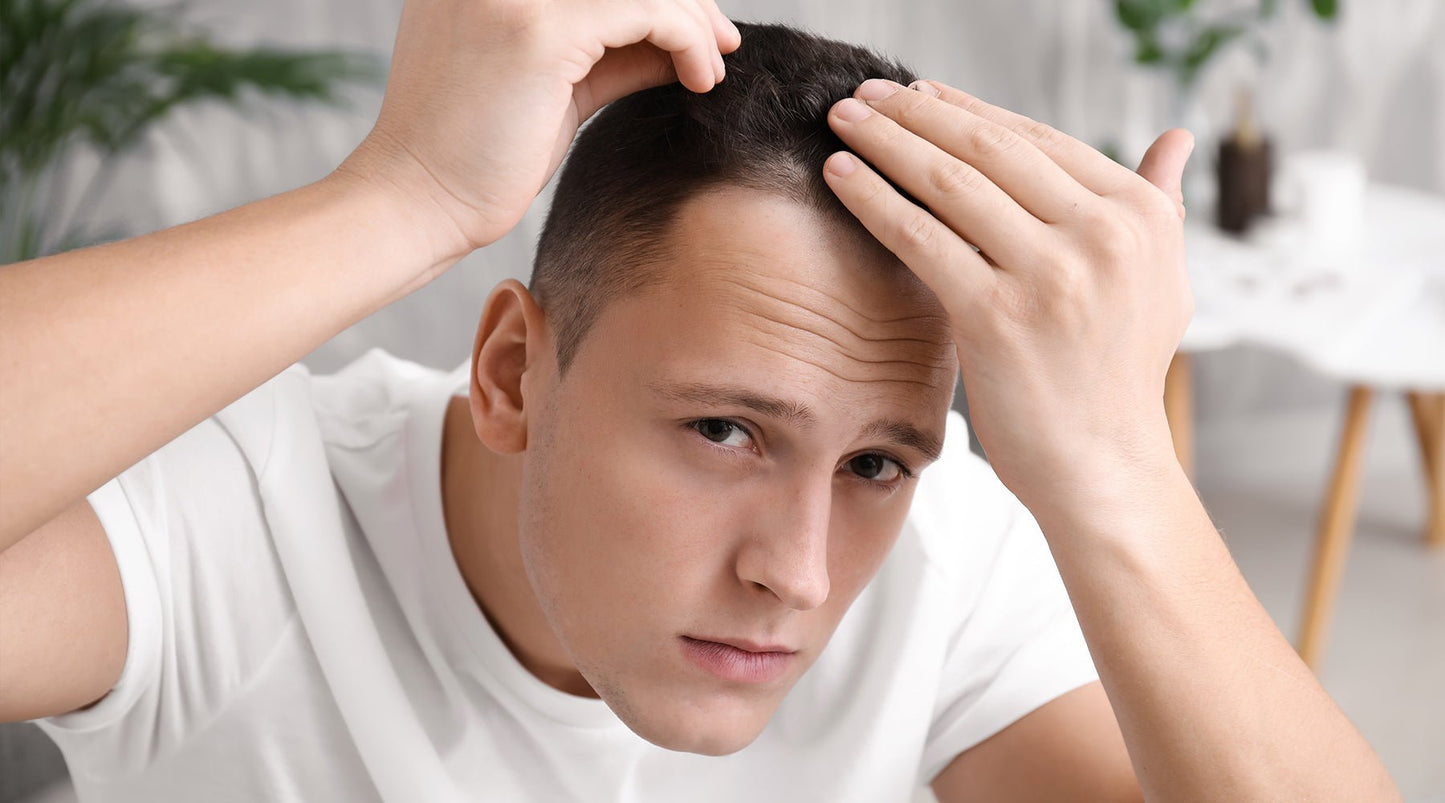
How can I grow my hair back? What are the options and what does it cost?
It can be so demoralizing looking back at old photos and seeing that abundant hair you took for granted. It’s only natural to want it back but what actually works? Is it prohibitively expensive? Is it even safe? We’ve created this handy little summary for you to compare your options.
How do hair transplants work?
There are currently two types of hair transplant available in Australia - Follicular Unit Transplant (FUT) and Follicular Unit Extraction (FUE). FUT is the older style and probably what you’re envisioning when you think of hair transplants. Doctors remove a strip of skin with healthy, active hair follicles (usually from the back of your head) and splice them into individual pieces of tissue to be implanted in tiny holes in your thinning/bald areas. This unfortunately results in a horizontal scar along the back of your head though so that is worth considering.
FUE on the other hand is a newer type of hair transplant which was developed to try to mitigate some of the negative aspects of FUT. Rather than removing a strip of skin from the back of the head, individual follicles are removed instead. This means no horizontal scar which can be a huge plus to a lot of guys. As there is no large wound, this method also reduces downtime required as well as post-transplant pain and discomfort.
Do hair transplants work for hair loss?
It depends a little bit on what your definition of ‘work’ looks like. Generally speaking, most hair transplants are successful in that they result in hair growth in areas where there previously was none. The outcomes vary depending on your surgeon, your overall health, how you’ve cared for the transplant site and the method of transplantation you choose.
How much do hair transplants cost?
Like most cosmetic procedures, the cost can vary dramatically. For a hair transplant, you’re looking at anywhere from $2500 to $35,000 depending on the severity of your hair loss, the type of transplant and the surgeon you choose. Pro-tip - don’t cheap out on your choice of surgeon!
What is PRP for hair loss?
PRP stands for Platelet Rich Plasma. Plasma contains growth factors which are little guys that support growth and healing of cells in your body. So basically, your blood is drawn and the plasma (containing the growth factors) is separated from the red blood cells in a centrifuge and then reinjected into targeted areas of the scalp. The thinking is that if there are more growth factors where you want growth, the more cell growth will be encouraged. A course of a few treatments is usually recommended.
Does PRP for hair loss work?
Depends who you ask. Clinical trials so far have been pretty small but many are promising. Though PRP can’t regrow your hair, it looks as though it may be useful in slowing hair loss and thickening existing hair.
How much does PRP for hair loss cost?
Like most things, there’s a bit of a range but you can expect to pay $800-$1400 per session and most places recommend 3-6 sessions to start with.
What are the most common medications for hair loss?
There are two main medications prescribed for hair loss – Minoxidil (Regaine) and Finasteride (Propecia). Please DO NOT waste your time and money on so called ‘hair growth vitamins’ or miracle oils. They are a total scam. Did you know vitamins in Australia don’t even have to be approved by anyone!? Like, they can literally write whatever they want on the jar and then just put in junk pills. But I’m getting sidetracked, that’s a story for another blog!
Minoxidil for hair loss (MPB)
Minoxidil is the most popular hair loss medication and can be purchased in a liquid, a foam or a shampoo. It needs to be applied twice daily for at least 6 months so it’s a bit of a commitment! Although the exact way it works is still a bit of a mystery (it was initially developed for high blood pressure but hair growth was a side effect, so they went with it!) we do know that it widens blood vessels which allows more oxygen, blood and nutrients to reach the hair follicle.
Finasteride for hair loss (MPB)
Finasteride is a prescription only pill taken once a day. It lowers levels of dihydrogen testosterone (DHT) which has been linked to male pattern baldness.
Minoxidil
In most people, yes it does work. But there’s a catch (obviously!) - it only works whilst you’re using it. That means, the new or improved growth isn’t permanent and as soon as you cease using it, any results you’ve seen will cease too. It also takes at least 4 months to start seeing results, so you might sink a lot of time and money into it before you even know if it works for you.
Finasteride
Like Minoxidil, it does help for lots of men but not for everyone. It depends on how severe your hair loss is and what sorts of results you’re after. It has shown a lot more success in slowing hair loss than increasing hair density so if you’re after a solution to freeze time rather than reverse it, Finasteride could be worth trying.
Minoxidil
There are a number of different products that contain Minoxidil. The cheapest we’ve found is some pharmacy brand liquid for around $15 per 60ml bottle. The brand name stuff (Regaine) is around $32 for a 60ml can of foam and that can go up to $100+ for various highly concentrated oils etc.
Finasteride
The cheapest we found was a generic/pharmacy brand medication for $30 for a one month’s supply of 1mg pills. The name brand was $90 for the same thing so if you shop around, it can be a pretty affordable option.
Fair enough, there are a lot of options and it can be hard to know which to pick, if any! It’s a good idea to speak with your GP who can look at your individual situation and help you decode all the options a bit further. In the meantime, you can look like you’ve had great success with all the options above with the affordable, reliable and side-effect-free Nut Job!
Lol, sorry, we couldn’t resist because it’s just bloody true.
